[ad_1]
Must you’re looking out for a backyard completely different that helps wildlife, look no extra than blue grama grass (Bouteloua gracilis)! It is sometimes as compared with buffalograss and would possibly even be interplanted with buffalograss to create a pure backyard of native vegetation.
In distinction to buffalograss, it tends to stay clumpy, notably if water ranges are low, and it doesn’t unfold as quickly. As a plant of perennial origin, it does properly all through warmth seasons, notably in its native habitat. When left to develop to full maturity, it produces flowers that cling on the concepts of the blades and resemble eyelashes.
The flowers of these grass vegetation produce seeds which will propagate way more blue grama grass. Moreover they act as a meals provide for birds and completely different small animals. Like completely different grass vegetation of its selection, blue grama spreads by way of the yard by means of underground transient rhizomes, although slowly.
When grown as ornamental grasses, grama vegetation can add seen curiosity to your panorama by creating distinction amongst the flowers in your yard, making a natural-looking wildflower meadow. These water-wise, native vegetation are moreover the larval host plant for skippers, butterflies, and moths. The flower and leaf enchantment to grownup species that lay eggs on the leaf blades of the plant.
Quick Care Data
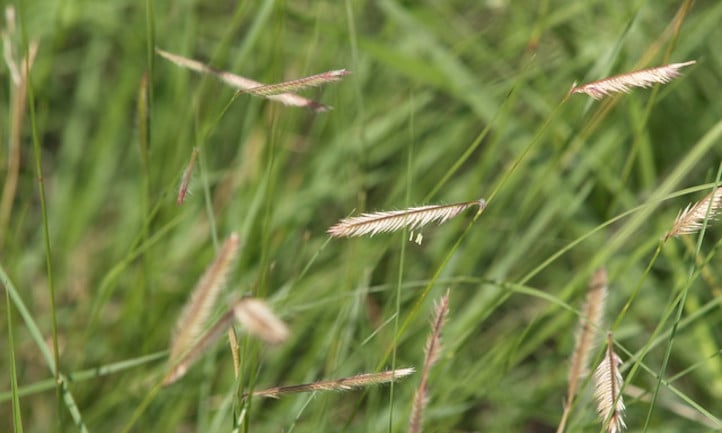

| Frequent Establish | Blue grama grass, mosquito grass |
| Scientific Establish | Bouteloua gracilis |
| Family | Poaceae |
| High & Unfold | 30-36 inches tall and huge |
| Gentle | Full photo voltaic |
| Soil | Tolerates numerous soil kinds |
| Water | Low water, drought resistant |
| Pests & Diseases | Grasshoppers, rust fungus |
All About Blue Grama Grass
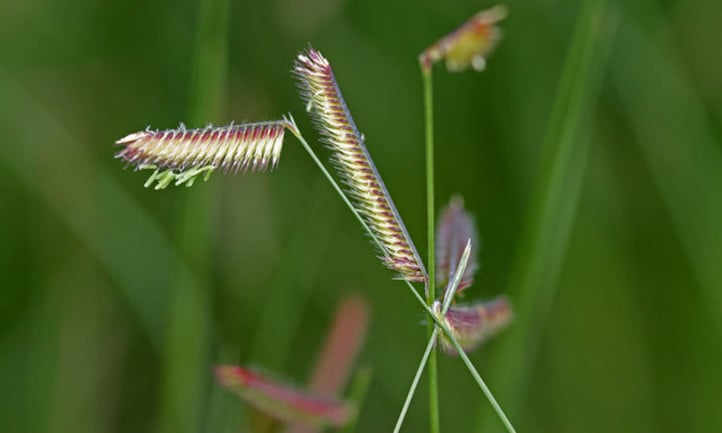

The Bouteloua gracilis (blue grama grass) plant is usually current in parts of Western Canada and south all through the Rocky Mountains, Good Plains, Colorado Springs, and some Midwest states into Mexico. It’s considered considered one of many Massive 4 native grasses in Texas all the way in which right down to Mexico, and it is Colorado’s state grass!
It is also sometimes often called mosquito grass on account of the seed pods have been said to resemble mosquitoes floating above the blades. It is perennial in origin, which suggests you’ll add these vegetation to your panorama or yard and enjoy them for years to return with little or no effort.
Blue grama grass has slim leaf blades that are about 6 inches of their completely mature form and sometimes curl, with leaf margins that roll inwards. They are a gorgeous sight to see on the plains blended with completely different native vegetation. Their flower heads form from flowers that appear on one aspect of the stems and look significantly like a single chook’s wing. This one aspect is the place the seed is swept all through the plains for propagation.
This warmth season grass loves full photo voltaic. It might nicely survive numerous soils, along with sandy soils. When these native vegetation are utilized in a backyard, they’ll stand as much as mowing to a peak of three inches and could also be saved as low-growing grass vegetation. Must you wish to maintain them inexperienced, make certain to water them all through events of most drought. Blue grama vegetation will naturally flip brown after they go dormant throughout the winter.
Blue Grama Grass Care
Blue grama grass is definitely considered one of many ornamental grasses native to the great plains. When grown in its native habitat, it is low maintenance and drought-resistant.
Photo voltaic and Temperature for These Native Crops
Blue grama vegetation develop best in full photo voltaic, with a minimal of 6 to eight hours of daylight per day. They do best in USDA rising zones 5-9. Blue grama’s perennial origin implies that it’s going to go dormant throughout the wintertime and can be found once more with new progress throughout the spring. When planting from seed, it’s best to attend until the autumn so the seed can chilly stratify over the chilly seasons. This heat-loving native grass requires warmth temperatures of spring with the intention to help germination.
In all probability essentially the most energetic interval of the rising season occurs when temperatures are between 70-90 ranges Fahrenheit. Together with being heat tolerant, it’s moreover chilly tolerant. Progress will sluggish as a result of the nighttime temperatures begin to drop throughout the fall, and in the end, throughout the winter, it might flip tawny, nonetheless it might on no account absolutely die once more. Although blue grama grass is native to western Colorado, it does have an elevation prohibit on the hardiness of 7500 ft.
Native Grass Water and Humidity
Since blue grama grass loves the entire photo voltaic and warmth temperatures, do your watering throughout the morning sooner than the heat of the day. This trend, the water may have the flexibility to penetrate to the roots sooner than the photo voltaic has a possibility to evaporate the moisture. As your native grasses change into established, their watering needs will change.
Of their first yr of progress, they have to be watered a minimal of two events per week in the middle of the rising season. Of their second yr, this can be diminished to 1 time per week. Of their third yr, this can be extra diminished to 1 time every 1-2 weeks. Throughout the wintertime, snowfall must current ample moisture, nonetheless in considerably dry winters, they’re usually watered as quickly as a month as long as air and soil temperatures are above 40 ranges and the soil simply is not frozen.
As quickly as your blue grama grass has reached maturity, then they change into terribly drought resistant and would possibly survive on as little as 7 inches of annual rain. All through extended dry spells – even throughout the heat of summer season –within the occasion that they aren’t irrigated, they go dormant and can flip brown nonetheless will spring once more to life on the primary sign of moisture. Must you wish to maintain your grama grass inexperienced, then you could possibly choose to water it all through these durations.
Soil
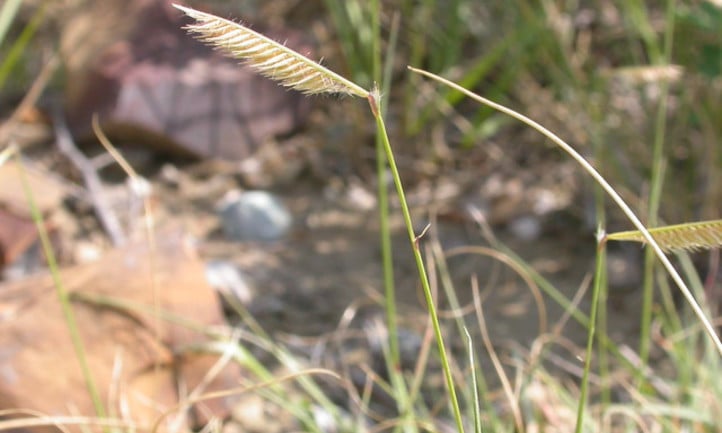

This bunch grass is known for tolerating quite a lot of soil kinds. Blue grama grows naturally in dry prairies and is often current in rocky or clay soil. It does best, however, with well-draining soil. It is not current in moist, poorly drained soils and could also be damaged by overwatering or soggy/waterlogged soil circumstances. For that cause, it does not tolerate being planted in areas with a extreme water desk.
Blue grama grass moreover prefers neutral soil and would possibly’t cope with acidic circumstances. Must you’re planting in a extraordinarily rich medium, add ample portions of sand to help with drainage. Optimistic sandy soils are merely super for this grass.
Fertilizing
One in every of many benefits of rising blue grama grass is that it’s very low maintenance. It might nicely survive on little or no water, can tolerate all types of soil kinds, and doesn’t require any frequent fertilizer or soil amendments. Although fertilizing isn’t important, it might be notably helpful once you’re using it as an area completely different and have to maintain its inexperienced color. Fertilize with nitrogen yearly in June. When starting blue grama grass from seed, it may presumably revenue from the rise of a layer of compost on the planting web page, although this isn’t a ought to.
Pruning
To know the pruning requirements for blue grama grass, you will have to first understand its pure progress habits. By means of the energetic rising season from mid-May to October, the blades could be delicate inexperienced in color. All through late summer season, the seed heads will form (when grown as an ornamental and left unmowed). By means of the winter, it might go dormant and swap delicate brown in color. It might be left standing in order so as to add curiosity to your winter panorama. Then in February, it may presumably cope with mowing to a peak of three inches and may then positioned on new progress throughout the spring.
When used as a backyard completely different, it may presumably cope with being usually mowed to a peak of three inches, or it might be left to develop a bit taller for a additional pure backyard look. This native grass can tolerate heavy foot guests, so it could be super in an area that children and pets frequent. As winter approaches, let your grass obtain some peak to direct vitality in the direction of the muse system. It will brown in the middle of the winter nonetheless will come once more to life throughout the spring.
Blue Grama Propagation
Like most grasses, the blue grama grass species is principally propagated by seeds. That could be very true when using this plant as a backyard completely different which might require you to broadcast seeds all through a giant area. There are native seed companies that promote seeds of wildflowers and native grasses blended collectively. To plant them, broadcast the seeds over an area throughout the fall after which cowl them evenly with an amazing layer of sandy or silty supplies to take care of them from blowing away throughout the wind. Then water them in and water as quickly as every two weeks to help them germinate.
That could be a lot easier than transplanting bunches as they’re sluggish rising and take their time spreading. Rising from transplants is the perfect strategy of propagation when using Bouteloua gracilis as an ornamental grass. You then get the advantage of a totally established plant in your panorama so much sooner. You could as nicely plant plugs of grass blended with species of native wildflowers.
Troubleshooting Blue Grama Grass
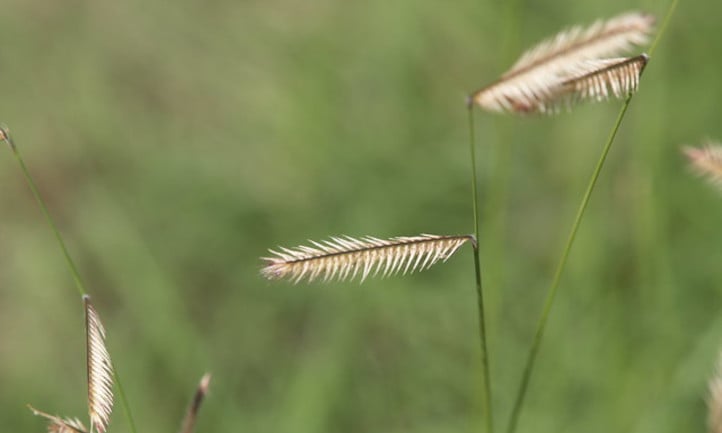

As talked about above, blue grama grass is often pest and sickness free! There are, however, some points to be searching for.
Grama Grass Rising Points
Most rising points occur when this plant is overwatered. If the underside feels spongy, you uncover standing water, or in case your grass is rapidly wilting, this could be a sign you’re overwatering. This plant is extraordinarily drought tolerant, and it’s greater to water a lot much less fairly than overwater. It might nicely bounce once more and thrive on little or no moisture. Nonetheless, an extreme quantity of moisture may trigger hurt.
Pests
Grasshopper species have been recognized to chomp on the leaf of blue grama grasses, nonetheless on the entire, their feeding isn’t enough to set off fundamental hurt to the plant. Usually, the grasshopper inhabitants is unquestionably managed by your neighborhood birds and completely different small wildlife.
Diseases
In all probability essentially the most prevalent sickness topic with this grass is fungal rust which, as its title would counsel, is attributable to a fungus. One sign of rust fungus is small reddish-orange spots on the leaves. This fungus prefers warmth, moist, and humid environments. Watering solely in extreme drought and solely when the clumps of grass have a possibility to dry throughout the coolest part of the day may assist steer clear of these factors.
Neem oil or a copper fungicide may assist administration rust utilized to the foliage may assist administration rust on the grass. Cautious making use of those in native habitat restoration duties and pollinator gardens, as they’re usually dangerous to pollinators.
Incessantly Requested Questions
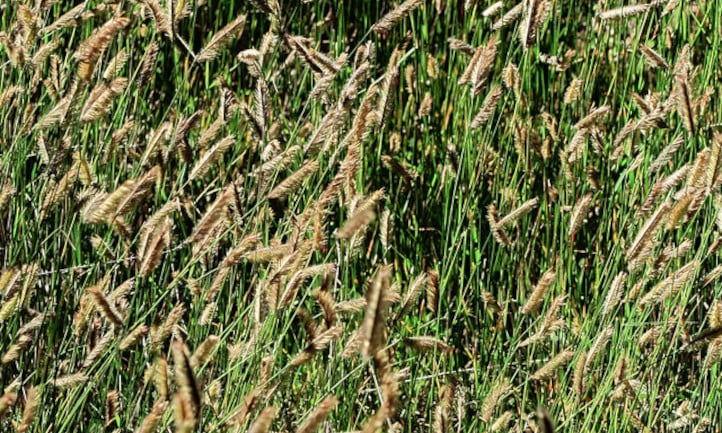

Q: Does blue grama grass unfold?
A: It does unfold by means of underground roots that are transient rhizomes. Nonetheless, it tends to develop in clumps, notably in hotter climates.
Q: What does blue grama grass do?
A: It is a warm-season grass that may be utilized as a decorative grass or native completely different that survives on low ranges of summer season precipitation. When left to develop to its full peak, it might put out a flower inside the kind of horizontal blossom clusters that resemble eyelashes.
Q: Do you within the discount of blue grama grass?
A: When used as an area completely different, it may presumably survive mowing to a peak of three inches. When used as an ornamental grass, it might be left to develop to its full peak after which within the discount of in February correct sooner than it begins to positioned on new progress throughout the spring.
Q: How prolonged does it take blue grama to develop?
A: This low-growing grass is known to unfold slowly. As a perennial, it might slowly unfold yr after yr, counting on the rising circumstances.
Q: What animals eat blue grama grass?
A: This grass is usually used as forage for livestock similar to sheep and cattle. It moreover attracts seed-eating birds and is the larval host plant for skippers, butterflies, and moths.
Q: Is blue grama deer resistant?
A: Certain, it is deer-resistant, nonetheless it is beloved by elk and bison.
Q: Is blue grama grass salt tolerant?
A: It is fairly tolerant to salt.
Q: How do you harvest blue grama grass seed?
A: Wait until the seed pods have reached full maturity after the autumn flower has pale. They should actually really feel onerous and dry to the contact. The pods ought to interrupt open merely in your hand, revealing the seed.
[ad_2]
Provide hyperlink